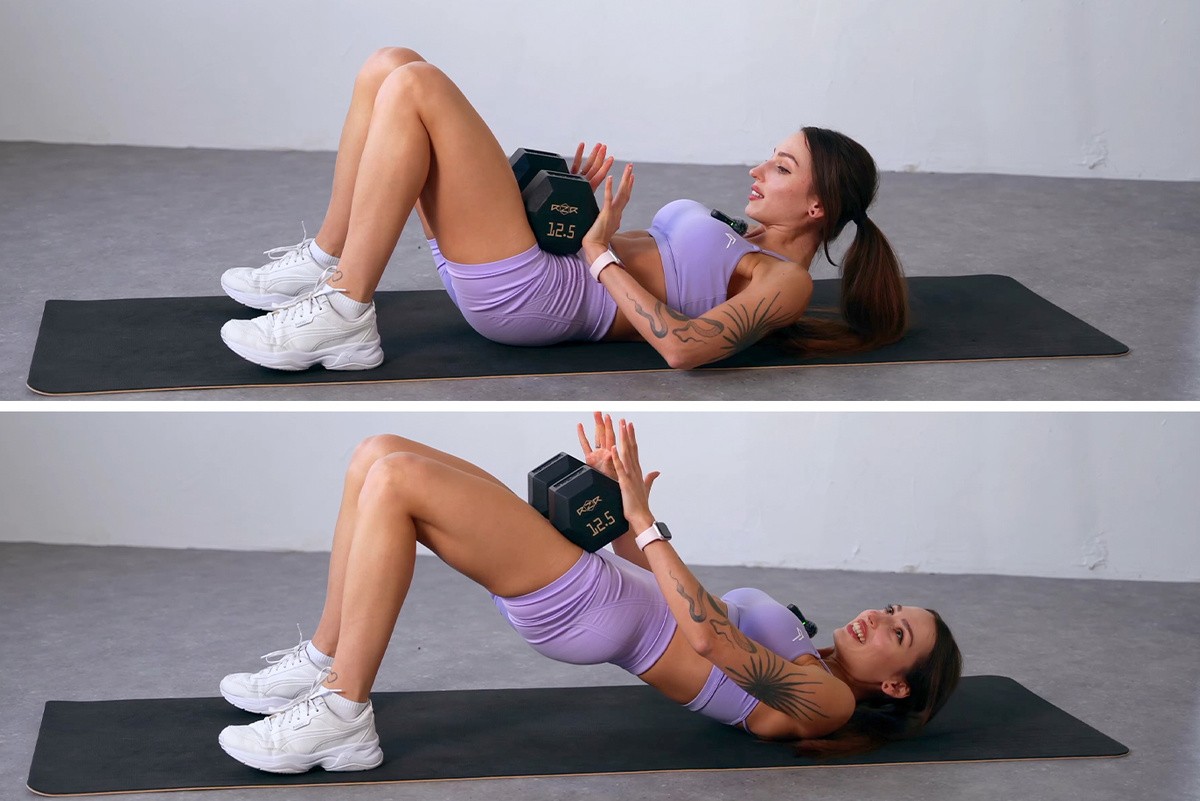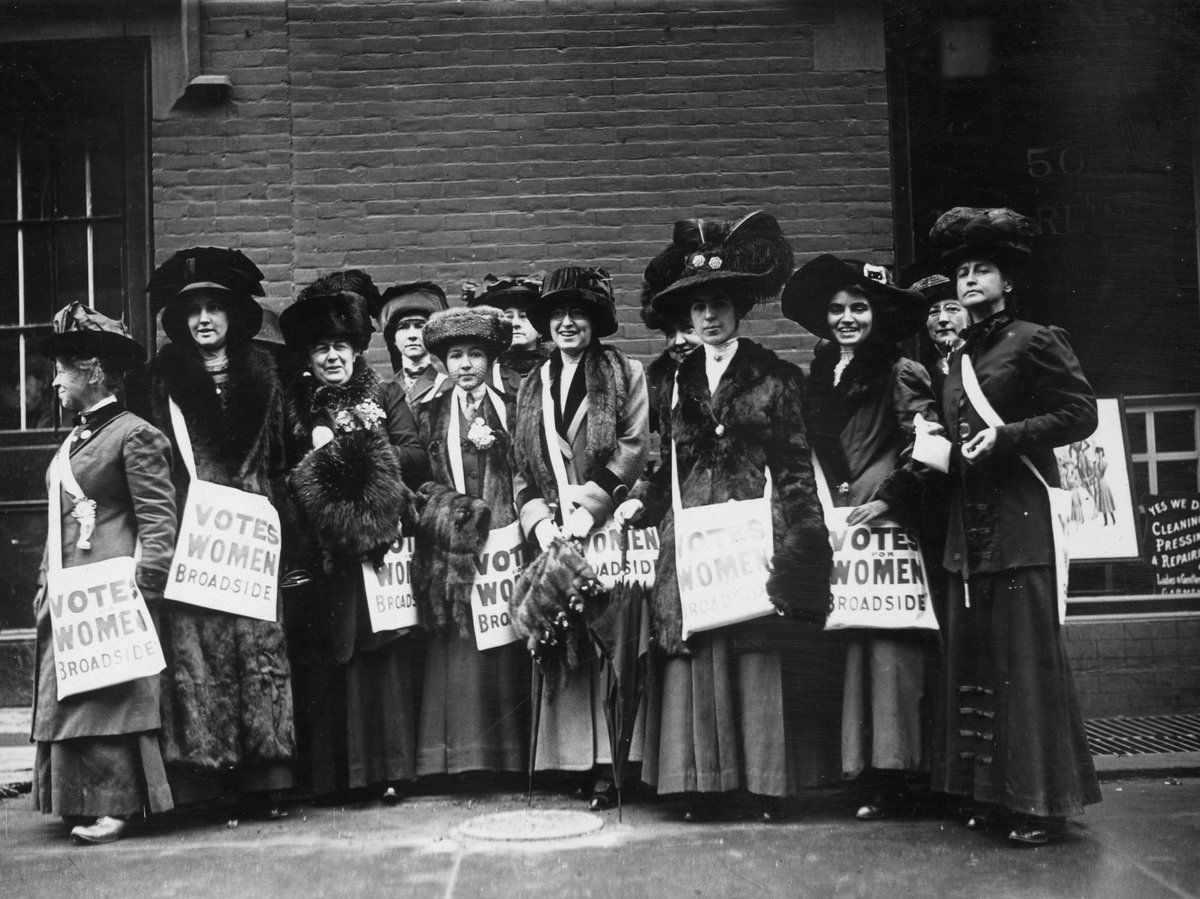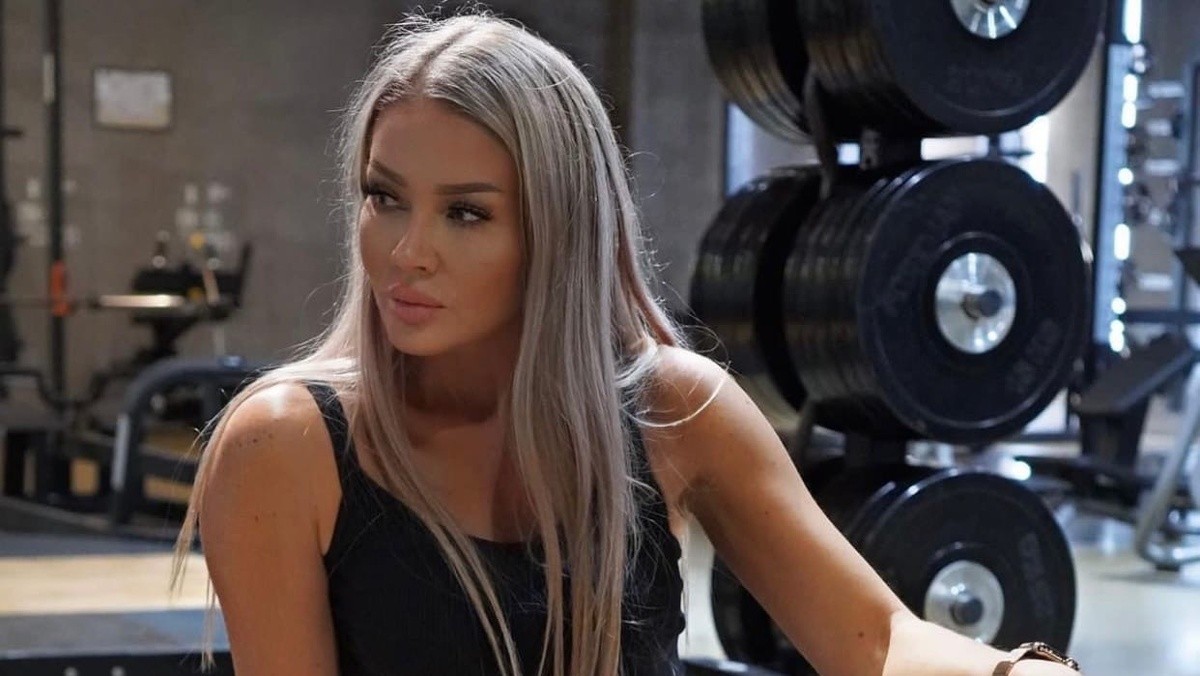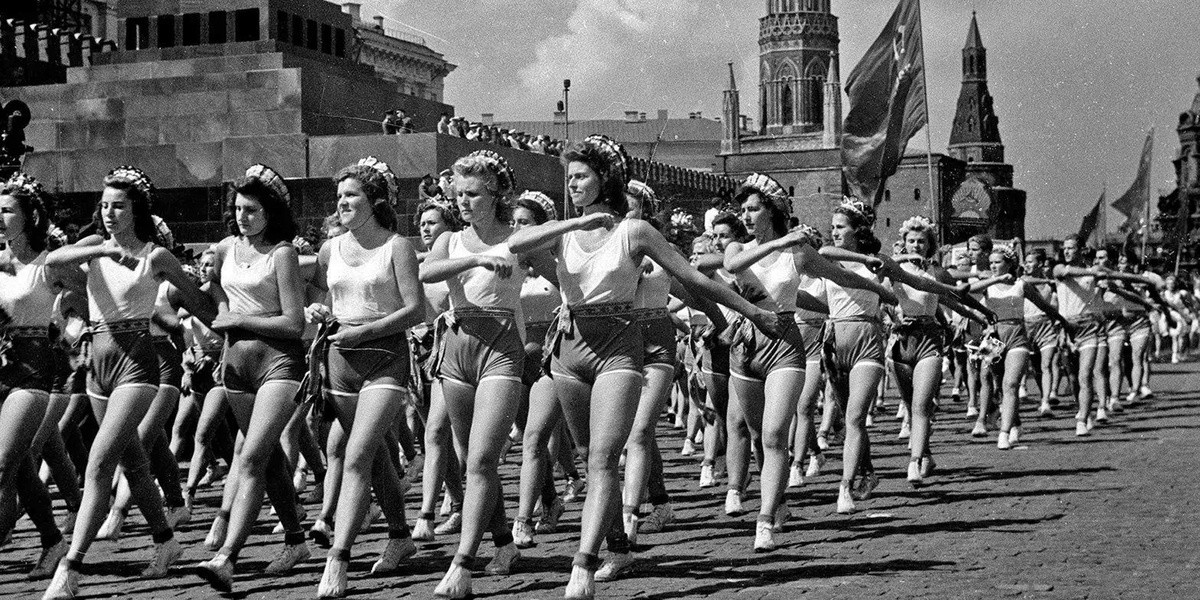Forget Gimmicks: How to Gain +10 cm of Real Glute Muscle—Anywhere, with Technique First
Your glutes can grow with real muscle, not gimmicks. This plan distills the core moves that delivered measurable results in my own training: a +10 cm increase in glute volume by focusing on muscle-building through proper technique and progressive overload. You can perform these exercises anywhere—at home or in the gym. These are the foundational moves that trigger the biggest muscle response and belong in every woman’s arsenal who wants fuller, rounder glutes. Start by mastering technique with no weights. When you’re stable, add dumbbells or a barbell, because muscle growth comes from load. Without weights, even 200 squats a day won’t create meaningful growth. And no, you won’t get bulky.

In This Article:
Technique First: Build with Bodyweight, Then Add Load
Master the movement with bodyweight before introducing resistance. The principle is simple: progressive overload drives growth, while solid form prevents injuries. As soon as you can perform the moves with control and a neutral spine, gradually increase the load to keep challenging the muscles.

Squats: The Foundation for Bigger, Rounder Glutes
Starting position: feet just wider than shoulder-width, toes slightly turned out, back flat, shoulder blades pinched, core engaged. Inhale and bend the knees and hips, lowering until the spine stays flat and the pelvis remains level. If the pelvis starts to tilt, that’s a fault. On the exhale, squeeze the glutes and push through the heels to rise. Keep the spine neutral and the chest up while staying mindful of your knee tracking so they stay in line with your toes.

Lunges: The Unilateral Counterpart to Squats
Lunges train each leg separately, with the load primarily on the front leg. Start with feet hip-width apart, toes pointing slightly outward, spine tall, and shoulder blades retracted. Step back wide, bend both knees, and keep the spine straight. The front knee should stay over the front toes and point in the same direction as the toes. On the exhale, press up through the front heel to return to the starting position, keeping the core braced and the hips level.

Glute Bridge & Romanian Deadlift: Two Power Moves for the Bottom Half
Glute Bridge: lie on your back with knees bent and feet flat. Exhale and lift the hips until your body forms a straight line from shoulders to knees. Keep the core braced and avoid arching the lower back; the movement should come from the glutes. Inhale to lower with control, and press through the heels to finish. Romanian Deadlift: stand with feet hip-width apart, chest up, and a neutral spine. Hinge at the hips, pushing the glutes back as you lower the dumbbells along the fronts of your thighs. Keep a slight knee bend and stop when the weights reach knee level or just below. Your back must stay straight—no rounding. Exhale to lift, driving the hips forward to finish with the glutes engaged.

Final Tips: Film Yourself, Log Your Progress, and Train with Purpose
A quick cheat sheet before you start: always film yourself or train in front of a mirror to spot errors and keep your technique sharp. Add these four moves to your training plan, and you’ll have a solid blueprint for glute development. Don’t worry about lifting heavy—weights are your friend and will help you build the shape you want. Now, tell me: what is your favorite glute exercise?

